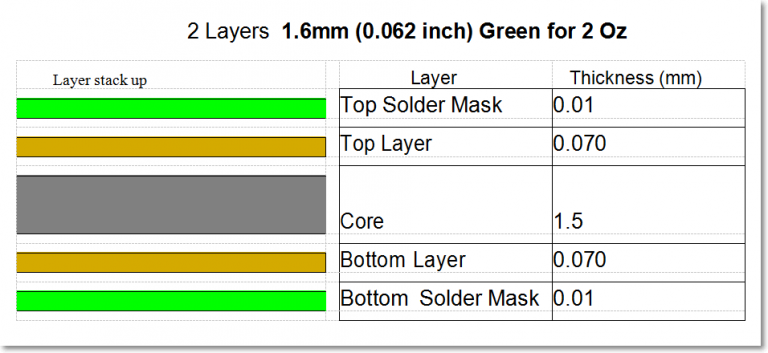

However, the shorter your hair is cut-like a pixie, for instance-the more the whole cut is based around layers as there really isn’t a base length anymore.
How long is your hair? Still keep in mind the quantity of hair here because those factors play largely into medium and long length styles and some short styles. Here, a disconnected layer at the crown would help give that pop of volume without taking too much from the ends. This isn’t always the case and some people simply prefer a layer so they can add more volume to the style. Layers can be a disservice to thin hair because taking away hair from the longest length can leave this section looking sparse and straggly. If your hair is on the thinner side, you may want to steer clear of layers. If you fall into the “category” of thick hair but really don’t love layers, ask your Hair Cuttery stylist about removing some weight from the underneath sections of your hair without adding a defined layer. This is a perfect example of when layers would be a positive addition to your cut because they will remove weight from the ends, allowing the hair to have more movement. A common complaint for medium length hair is that it falls in a triangular bell-shape. This weight can start adding unwanted bulk which is more noticeable at certain lengths. How thick or thin is your hair? If your hair is thick, it can feel heavy if not cut in a certain way. There are a few factors to consider when thinking about adding layers to your haircut. Layers can range from short to long, and can either be connected-a gradual flow of layers from the shortest layer to longest length-or disconnected, with a layer much shorter than the overall length. So, when choosing a next-to-skin layer, make sure to research the fabric before purchasing.Layers are when the top portions of your hair are cut shorter than hair underneath. Provided below are both performance and flame retardant phase charts.Īll of our fabrics/garments, performance and flame retardant, have our proprietary high-performance Acclimate Dry moisture management (wicking & drying) and Ag47 anti-microbial/anti-odor. In each type, performance and flame retardant, we have different constructions for different phases. This is a measurement of base fabric weight, the higher the number the heavier the fabric. Protection for the life of the fabric.Īll of our fabrics are measured by oz/sq. Our FR property is inherent to the fibers and yarn, not a "treatment," meaning it will never wash or wear out. 
Our FR (flame retardant) layers are constructed of our patented no melt, no drip modacrylic/fr rayon blend knit. Our performance layers consist of polyester or a polyester/spandex blend knits. At XGO, we offer two main types, performance and flame retardant.

One of the biggest factors that needs to be considered when looking at new base layer is fabric type. Keep in mind that this layer is always on, hot or cold. As your next-to-skin fort, function and fit are crucial. Your base layer is the heart of your layering system. Keep in mind that a lot of these decisions should be based off your personal preference and activity level.you are the best source of information for your own body! The following information is here to help you make the most informed choices when purchasing your XGO layers. Take into account the factors above and use the chart below to help you determine the types of layers that best meet your needs. Our garments are designed with the most advanced tech, fabrics, designs and construction in order to standup to worst situations and last.Ī good layering system or strategy needs to take into account a number of variables like: weather, season, environment/terrain, activity level and how your body regulates. We take all of this to mind when we develop our garments. One of the first brands to introduce an engineered system of next-to-skin layers designed to be worn as standalone pieces or as part of a layering system, we took into account various environments and barriers that could eliminate comfort and attention. XGO doesn't just make base layers, we develop systems to help focus more on the mission at that, be it in theater or the field, and less on your gear.







 0 kommentar(er)
0 kommentar(er)
